Revenue leaders across the globe devote a considerable amount of their efforts to driving room revenue performance. It’s an understandable decision, given that rooms are the obvious staple of any hotel operation and there are only so many hours in a day.
4 Steps for Improving Meetings & Events Revenue Performance
With meetings and events (M&E) being responsible for nearly 20 to 30 percent of revenue for the average hospitality organization, those who neglect to optimize this segment run the risk of missing out on some truly substantial revenue opportunities.
So, what can be done to keep the M&E business firmly in the mix of a successful revenue strategy at your property? Below, you will find four steps to improve your meetings & events revenue performance.
1. Get Serious about M&E Key Performance Indicators
Oddly, your revenue leaders keep a hawk-like watch on room revenue metrics like revenue per available room (RevPAR). While M&E is certainly tied to RevPAR performance, rooms represent only a portion of the revenue generated by M&E opportunities. For many properties, other revenue like food and beverage, transportation, audio/visual support, and space rentals driven by M&E business is substantial and should be considered when gauging performance.
To do this requires establishing and monitoring fit-for-purpose M&E KPIs. Some common options include:
- Function space utilization
- Attendee occupancy versus optimum capacity
- Revenue per square meter/foot per attendee
- Function space efficiency
- Profit per available space/time (ProPAST)
- Profit per occupied space/time (ProPOST)
Monitoring metrics like these helps you boost revenue from group and M&E business by ensuring the total revenue potential for every group business opportunity is in focus. This requires considering what each group will likely spend on all services and revenue streams outside their rooms.
To boost revenue from the group and M&E business, your organization should consider the total revenue potential for every group business opportunity. This means considering what each group will spend on all services and revenue streams outside their rooms. Over time, tracking and benchmarking this non-room spending makes it easier to understand the projected true value of their business—and, in turn, guide future M&E booking and pricing decisions.
2. Develop M&E Reporting and Visualization Capabilities
While proper measurement is a key ingredient for driving change, the process of collecting and reporting is often a key barrier to improvement. Guiding an M&E revenue strategy is significantly easier and more efficient if you have a strong system for reporting on and visualizing your progress.
With the right technology in place, revenue leaders can quickly visualize key strategy-driving data like:
- Demand by day (or “day part” for event spaces bookable for multiple windows of time daily)
- Demand by size
- Lead time
- Pace
- Critical bookings
- Space utilization
- Conversions
The ideal visualization solution will help you see booking trends and patterns so that you can forecast demand with greater accuracy and adjust prices and booking terms accordingly.
3. Look to the Future with Forecasting and Automation
Visualization tools and Excel-based dashboards can give a clearer view of the patterns, KPIs, and trends needed to inform an effective M&E strategy. With these, you may have the data to drive incremental improvements, but they still require significant legwork to determine optimal pricing for M&E opportunities. That legwork requires valuable time in an era where event planners aren’t willing to wait long for your property’s response.
Advanced M&E revenue management tools can greatly simplify this critical step through automation—automation that’s fueled by intelligent demand forecasting. These tools help commercial teams quickly find ideal pricing and ensure those larger group bookings are worth pursuing.
4. Embrace the Practice of Informed Group Business Prioritization
For many commercial teams, accepting group business on a first-come, first-served basis has become a tough habit to break. It’s understandable why this practice took hold—with a lack of demand forecast visibility, some take comfort in groups providing a solid foundation of room and event space revenue, particularly during typically “slow” times.
But of course, demand for rooms and event space fluctuates, and that demand level influences what constitutes an optimal revenue decision. Suppose demand forecasts indicate elevated demand during a booking window. In that case, it may be worth reconsidering if it’s worth immediately accepting a group that would only utilize half of your event space’s capacity.
Maximizing the potential of your event space requires more than booking as many spaces and days as possible—it also requires some selectivity.
At a fundamental level, event space maximization often starts with dividing rooms into smaller sections to get more attendees on location simultaneously. It also means coordinating meeting schedules to bring in customers who are projected to spend high amounts of money on ancillary goods and services.
Without having an efficient and effective method for revealing future demand, it can be challenging to understand what opportunities could likely come along, how much each group would be willing to spend, and how much to charge for each event space.
Having the right tool for M&E optimization is key. Organizations navigating the complexity of demand forecasting with a spreadsheet and gut feelings will likely miss significant revenue-generating opportunities.
All operators should ideally strive to make the most of a property’s M&E opportunities. This requires a solid foundation of effective tools and technology, a collaborative culture among commercial teams, and a willingness to break from “the way it’s always been” to capitalize on incremental revenue opportunities. Hoteliers who invest in developing this foundation will be well-positioned to take their property’s events revenue strategy to new heights.
Free Quiz: Are You on the Path to Revenue Success?
Uncover your maturity level in hotel revenue management with this quiz and get tips on maximizing your revenue.
Upon completion, you’ll receive an informative guide to help your organization take the next step toward peak revenue management maturity.
Click here for the quiz “Are You on the Path to Revenue Success?”.
More Tips to Grow Your Business
Revfine.com is the leading knowledge platform for the hospitality and travel industry. Professionals use our insights, strategies, and actionable tips to get inspired, optimize revenue, innovate processes, and improve customer experience.Explore expert advice on management, marketing, revenue management, operations, software, and technology in our dedicated Hotel, Hospitality, and Travel & Tourism categories.

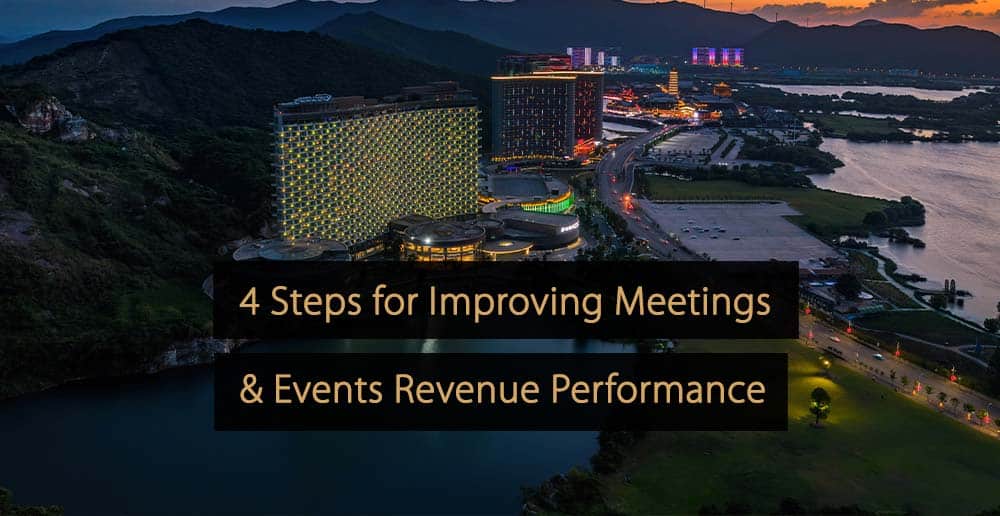
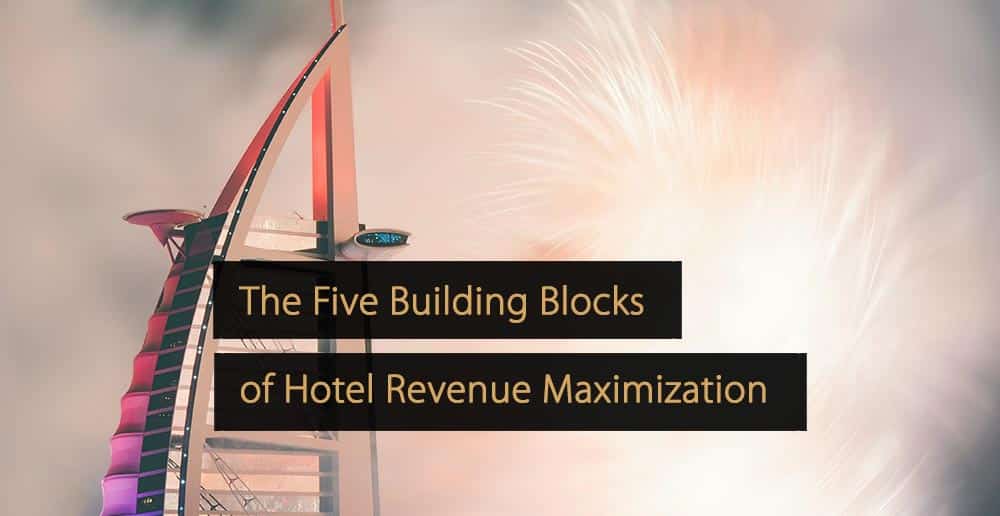
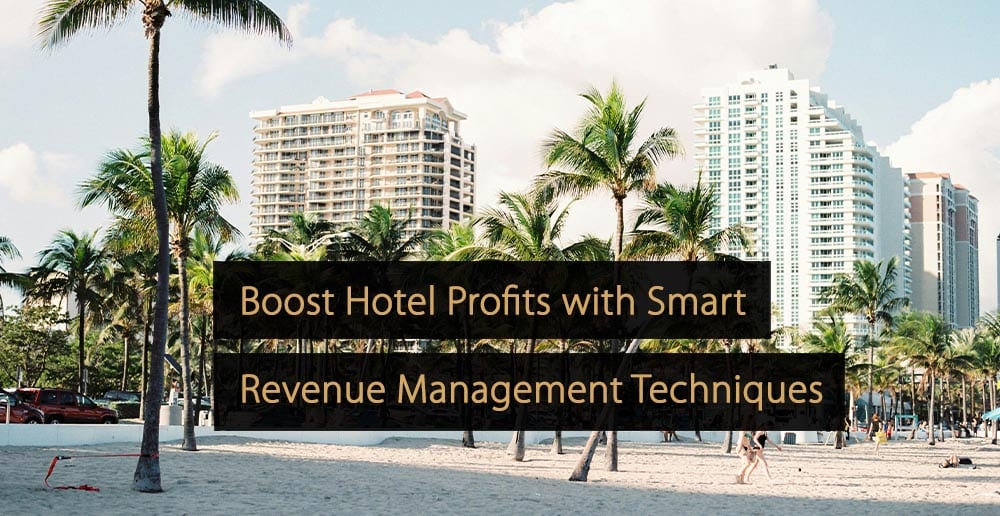
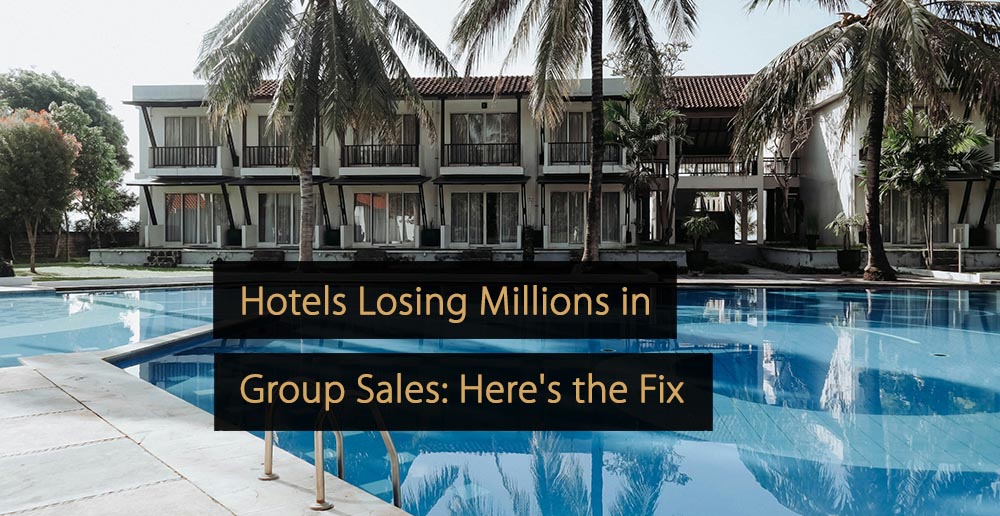

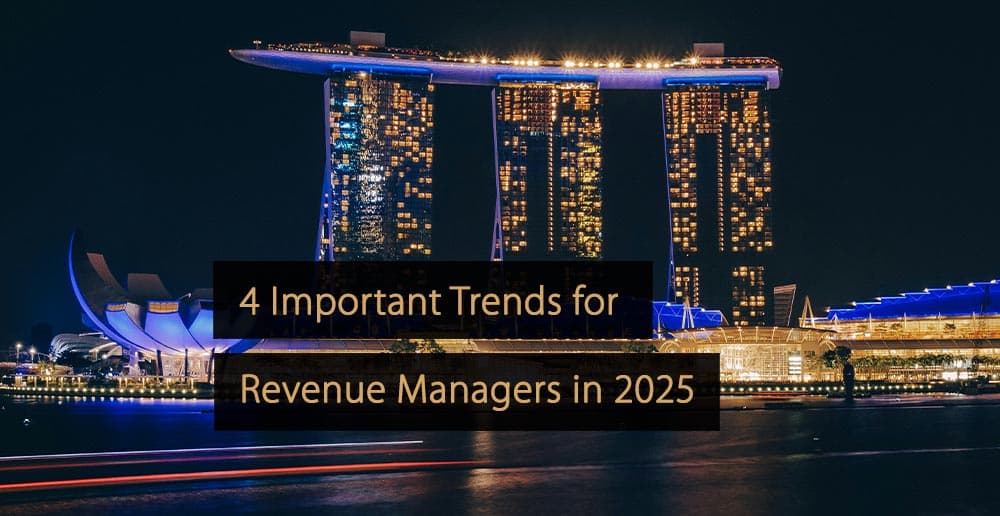
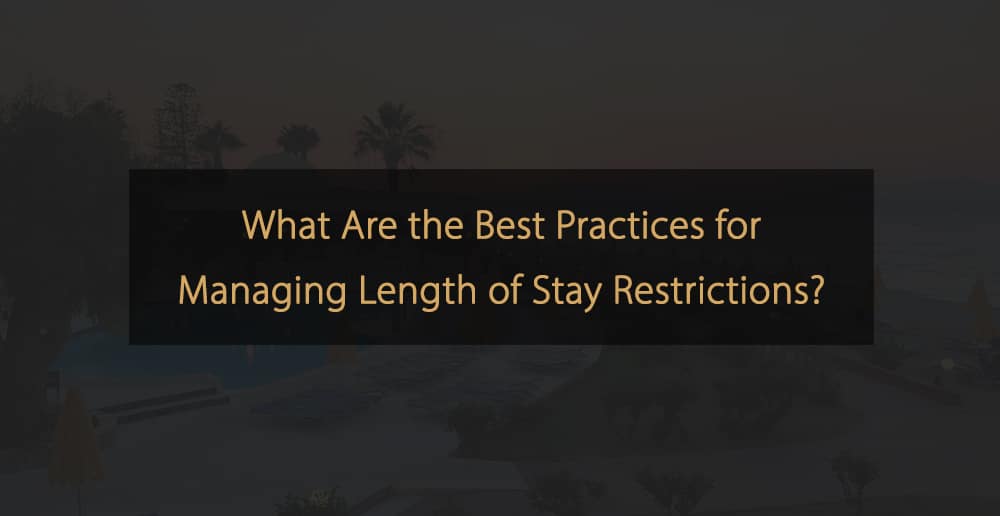
Leave A Comment